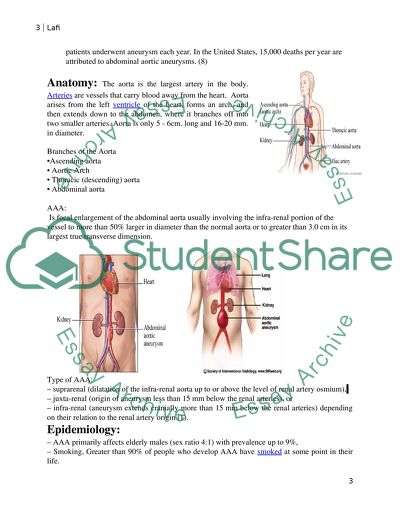Cite this document
(Abdominal Aortic Aneurysm Case Study Example | Topics and Well Written Essays - 1500 words, n.d.)
Abdominal Aortic Aneurysm Case Study Example | Topics and Well Written Essays - 1500 words. https://studentshare.org/health-sciences-medicine/1569855-aortic-abdominal-aneurysm
Abdominal Aortic Aneurysm Case Study Example | Topics and Well Written Essays - 1500 words. https://studentshare.org/health-sciences-medicine/1569855-aortic-abdominal-aneurysm
(Abdominal Aortic Aneurysm Case Study Example | Topics and Well Written Essays - 1500 Words)
Abdominal Aortic Aneurysm Case Study Example | Topics and Well Written Essays - 1500 Words. https://studentshare.org/health-sciences-medicine/1569855-aortic-abdominal-aneurysm.
Abdominal Aortic Aneurysm Case Study Example | Topics and Well Written Essays - 1500 Words. https://studentshare.org/health-sciences-medicine/1569855-aortic-abdominal-aneurysm.
“Abdominal Aortic Aneurysm Case Study Example | Topics and Well Written Essays - 1500 Words”. https://studentshare.org/health-sciences-medicine/1569855-aortic-abdominal-aneurysm.


